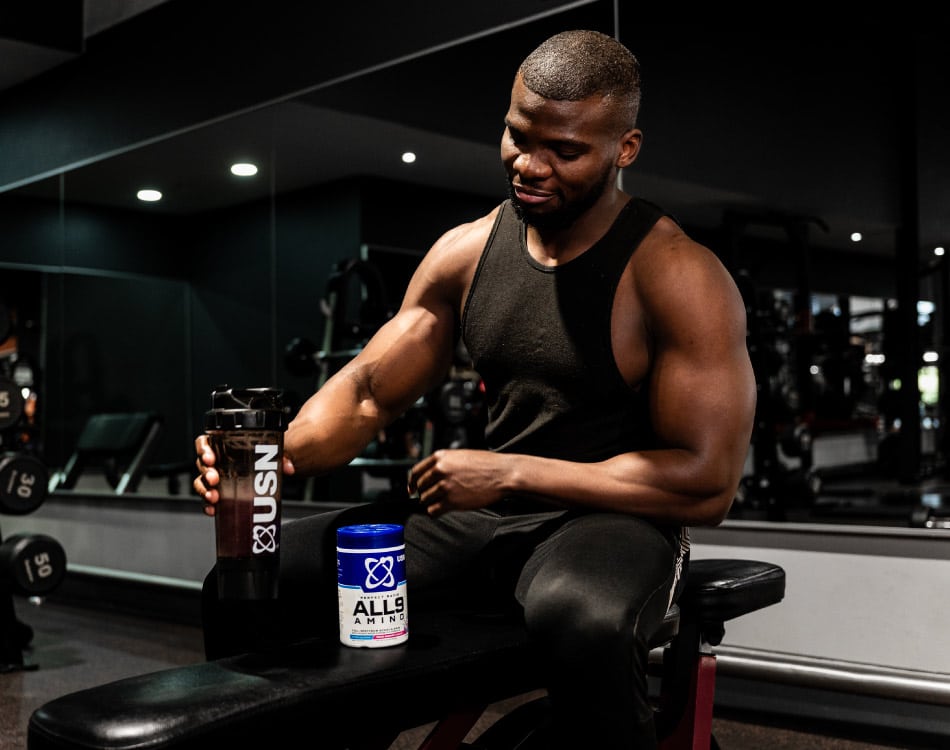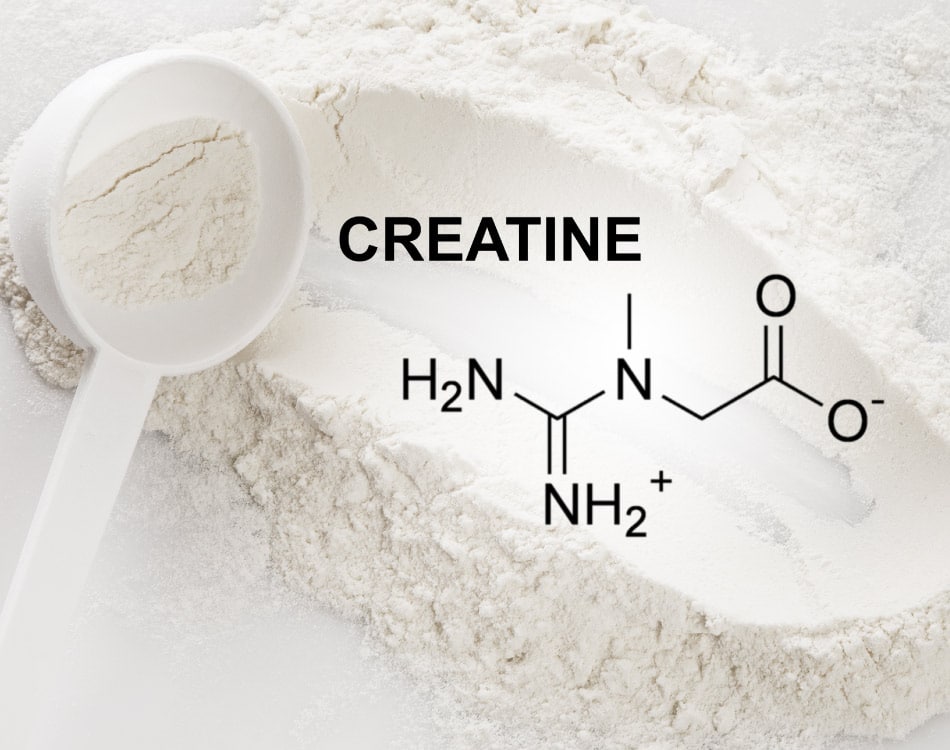Conventional supplement plans use protein and amino acid products to repair and rebuild muscle tissue after hard weight training sessions.
While this is sound nutritional advice and can amplify the muscle-building (anabolic) process, there is another application for these supplements.
READ MORE: Does your workout need aminos?
Breaking down catabolism
The opposite of anabolism is catabolism – a naturally-occurring metabolic process that breaks down muscle proteins (and other molecules) into smaller units, releasing energy.
Exercise, by its nature, is catabolic. It happens during and after training as part of a natural cycle. While it is undesirable, it is unavoidable.
Drinking a protein shake or amino acid recovery drink after your session can halt this process and shift you into high anabolic gear.
Obviously, the amount of work your body needs to do to repair muscle tissue depends on the extent of the damage done. If only there was some way to limit catabolism during and after training…
Supplements to the rescue
Well, there is! Science proves that protein and amino acid supplements (generally combined with carbohydrates) taken before and during exercise can significantly reduce muscle damage and even next-day soreness.
Research published in The Journal of the International Society of Sports Nutrition from the School of Life Sciences at Northumbria University in Newcastle and the School of Sport Health and Applied Science at St Mary’s University College in the UK found that branched-chain amino acids (BCAAs) taken before and after weight training reduced muscle damage and soreness, and accelerated recovery.
Some medical practitioners even use amino acid supplements to prevent or treat the muscle wasting associated with certain diseases or illnesses. A study published in the Clinical Nutrition journal also looked at anti-catabolic properties of BCAAs in post-operative patients and found that isoleucine and leucine had ‘anticatabolic’ effects.
These applications also have merit for gym-goers who haven’t yet returned to the gym due to the risk of infection with the novel coronavirus.
Including amino acid and protein supplements as part of your daily nutrition regimen can help to slow the rate at which you’re losing muscle due to a lack of training. However, it is best to find another means to stimulate the anabolic process in the interim.
READ MORE: The more muscle supplement stack
Anti-catabolic effect
This anti-catabolic effect is distinct from the anabolic process because the circulating amino acids spare existing muscle tissue, rather than serve as substrates to create new muscle fibres or repair damaged tissue.
Pre-workout and intra-workout supplements deliver these benefits by supplying highly bioavailable free-form amino acids, which circulate throughout the body and are available to meet any immediate metabolic demands.
This prevents the need to break down muscle tissue to create circulating amino acids, which the body can use to meet its energy demands, produce hormones, or create or repair damaged proteins, among other tasks.
As such, sipping on a supplement that contains all nine essential amino acids (EAAs), or even just the BCAAs, before and during training can limit the muscle we could potentially lose during and after training.
READ MORE: The importance of an intra-workout supplement
More about EAAs:
There the nine amino acids considered essential because our bodies cannot make them from other amino acids. As such, we need to get them from the foods we eat and from supplements. The 9 EAAs include:
- Histidine
- Isoleucine
- Leucine
- Lysine
- Methionine
- Phenylalanine
- Threonine
- Tryptophan
- Valine
Any EAA supplement aimed at sparing muscle and aiding the anabolic process should contain all the BCAAs in the right ratios. Ideally, this should include a higher leucine content because it is a powerful anabolic precursor that can boost your recovery.
READ MORE: What’s so essential about Essential Amino Acids?
More about BCAAs
The BCAAs include leucine, isoleucine and valine. BCAAs are not broken down in the liver. Rather, they bypass it and are transported directly to the muscles. Despite playing their role in protein synthesis, they are also used for extra energy during intense weight-training sessions. As such, they are vital in any supplement plan aimed at minimising catabolism.
Conditionally-essential amino acids
Other amino acids may be considered conditionally essential in certain instances, like during periods of high volume or intense exercise, as the body requires them in greater quantities. It can therefore prove beneficial to add these amino acids to your supplement regimen.
Conditionally essential amino acids include arginine, taurine, glutamine, cysteine, tyrosine, glycine, ornithine, proline and serine.
Glutamine: While not classified as an EAAs, research has shown that glutamine can help prevent muscle breakdown, while also benefiting anabolism (protein synthesis). Glutamine is the most common amino acid found in your muscles – up to 61% of skeletal muscle is made from glutamine. Intense weight training can severely deplete glutamine levels, which can negatively impact your strength and stamina, and heighten your recovery demands. Supplementing with L-glutamine can therefore prevent catabolism and improve recovery.
Taurine: Taurine is the second-most abundant amino acid in muscle after glutamine, but is the most abundant amino acid in type-2 muscle fibres – the fibres we need for intense muscle contractions. Resistance exercise can deplete taurine levels, particularly from those important fast-twitch fibres. Supplementing with taurine could therefore limit this loss and provide strength, muscle growth and performance benefits.
Arginine: Arginine has multiple roles in the muscle-building process – it is involved in the production of anabolic hormones, and it converts into nitric oxide which dilates blood vessels to deliver more amino acids and energy to working muscles.













